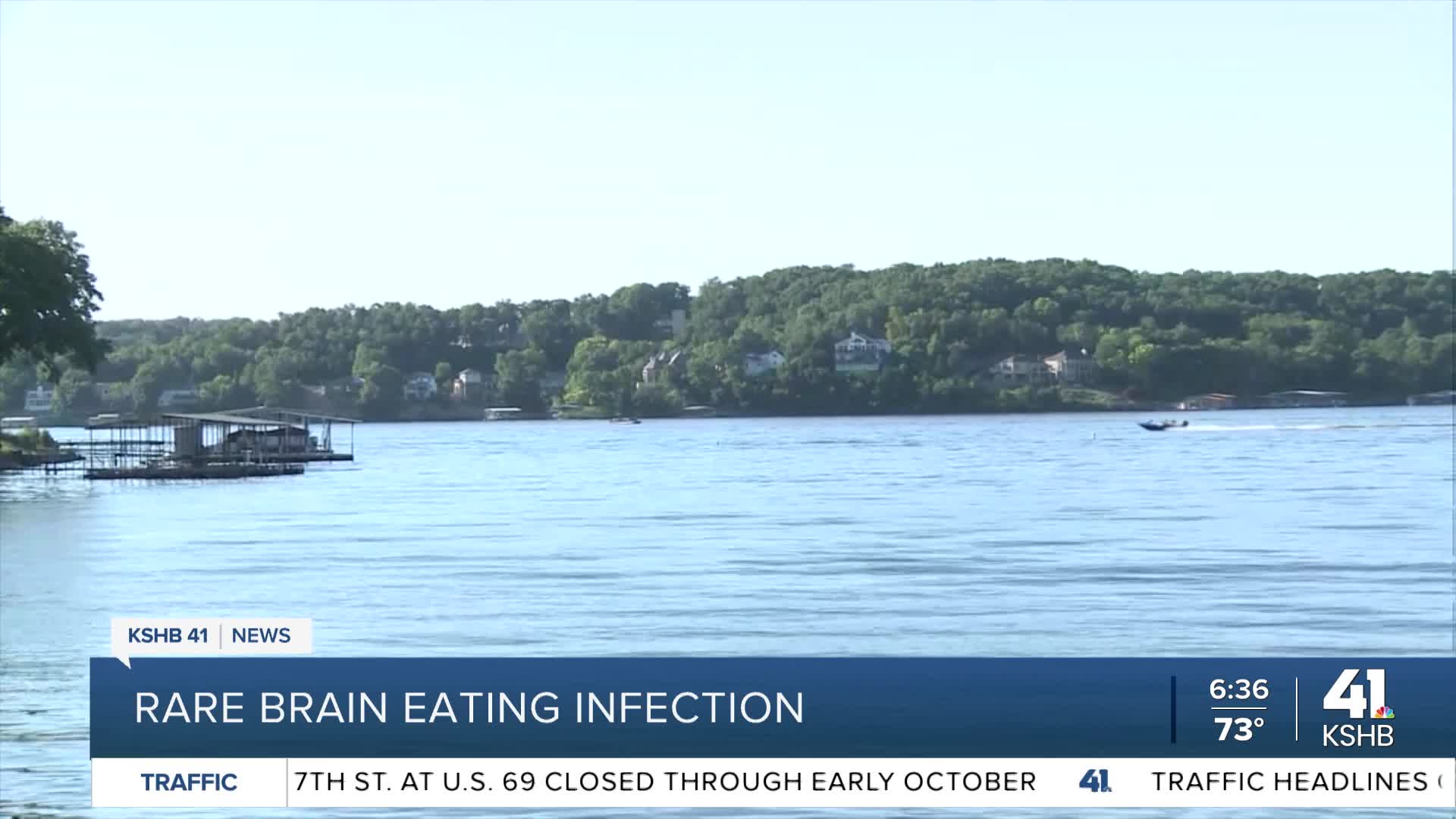VOICE FOR EVERYONE | Share your voice with KSHB 41’s Rae Daniel
An adult Missouri resident has been hospitalized after contracting an extremely rare “brain-eating” infection.
The Missouri Department of Health and Human Services believes the patient may have been water skiing at the Lake of the Ozarks prior to becoming ill with Naegleria fowleri.
Health officials say the patient is receiving treatment in an intensive care unit at a Missouri hospital and that no other cases are being investigated in the state.
The infection is a microscopic, single-celled, free-living ameba that can cause a rare, deadly brain infection known as primary amebic meningoencephalitis.

"There's a plate of tissue that's pretty thin that separates your sinus areas and your brain and it can actually get into that and get directly into the spinal fluid and the brain from there," Dr. David Bamberger with University Health said.
Dr. Bamberger says the free licing ameba can live in lakes, and primarily have been in fresh water lake in warm climates. He also shared symptoms one may experience if this may occur.
"It usually would occur within four or five days within exposure, it could be even slightly earlier or later than that so headaches, nausea, vomiting that progress to alter mental status, fever , seizures that sort of thing, so it's a severe infection," Dr. Bamberger said. " I don't think this is of high enough concern that people should be overly worried about because it is so rare but it is a slight risk of swimming in warm lake water, particularly if it's more shallow because the temperatures would be higher in the shallow areas."
He shared some tips for anyone who may be heading to the lake.
"Obviously you can keep your head above water while you're swimming in a lake," he said. "If you don't keep your head above water you can try and not get the water in your nose and again nose plugs would work for that or consciously not getting water in your nose if your head goes under."
Fewer than 10 people are infected each year in the United States. Between 1962 and 2024, there were 167 cases of the infection in the U.S.
The Associated Press reports a 12-year-old South Carolina boy died last month after becoming infected at a popular lake.
The infection enters the body through the nose, after which it travels up the nose into the brain. The infection can’t be spread from one person to another, and can’t be contracted by swallowing contaminated water.
More information about the infection is available on the Centers for Disease Control and Prevention’s website.
—





